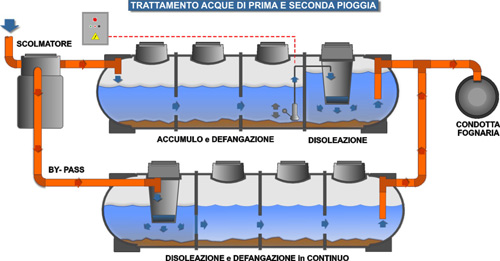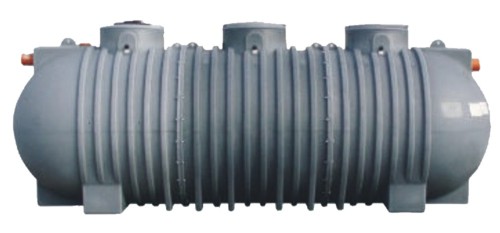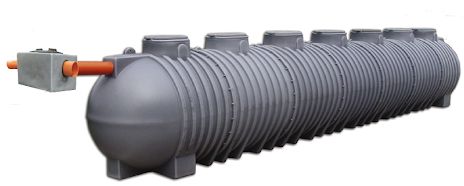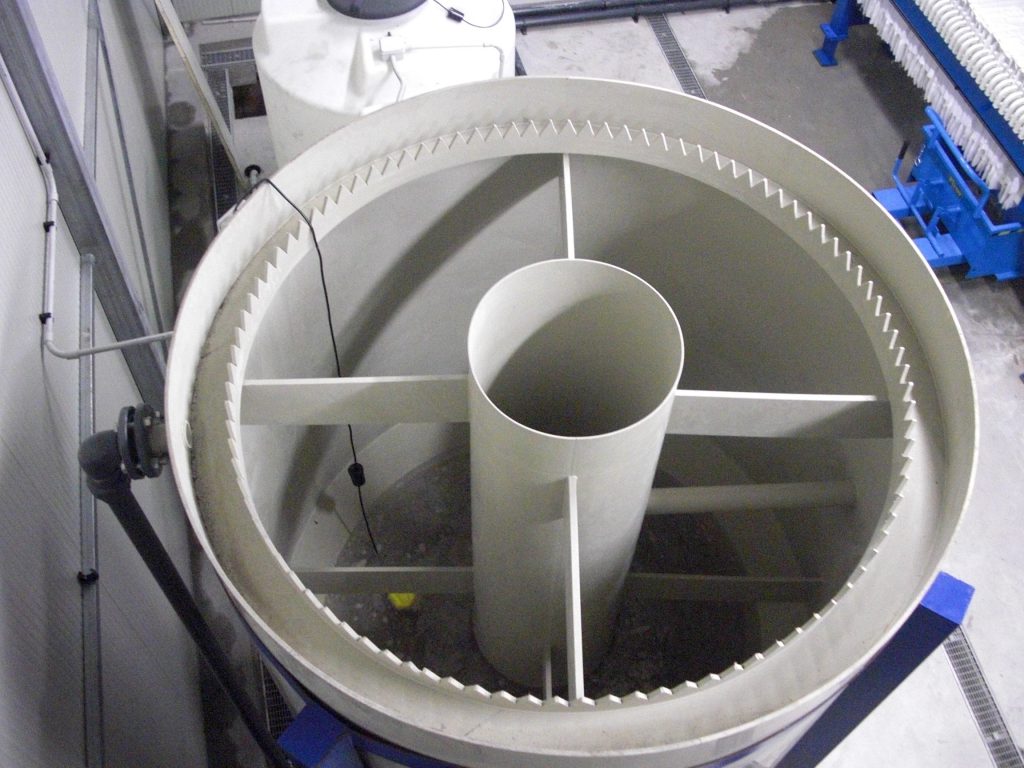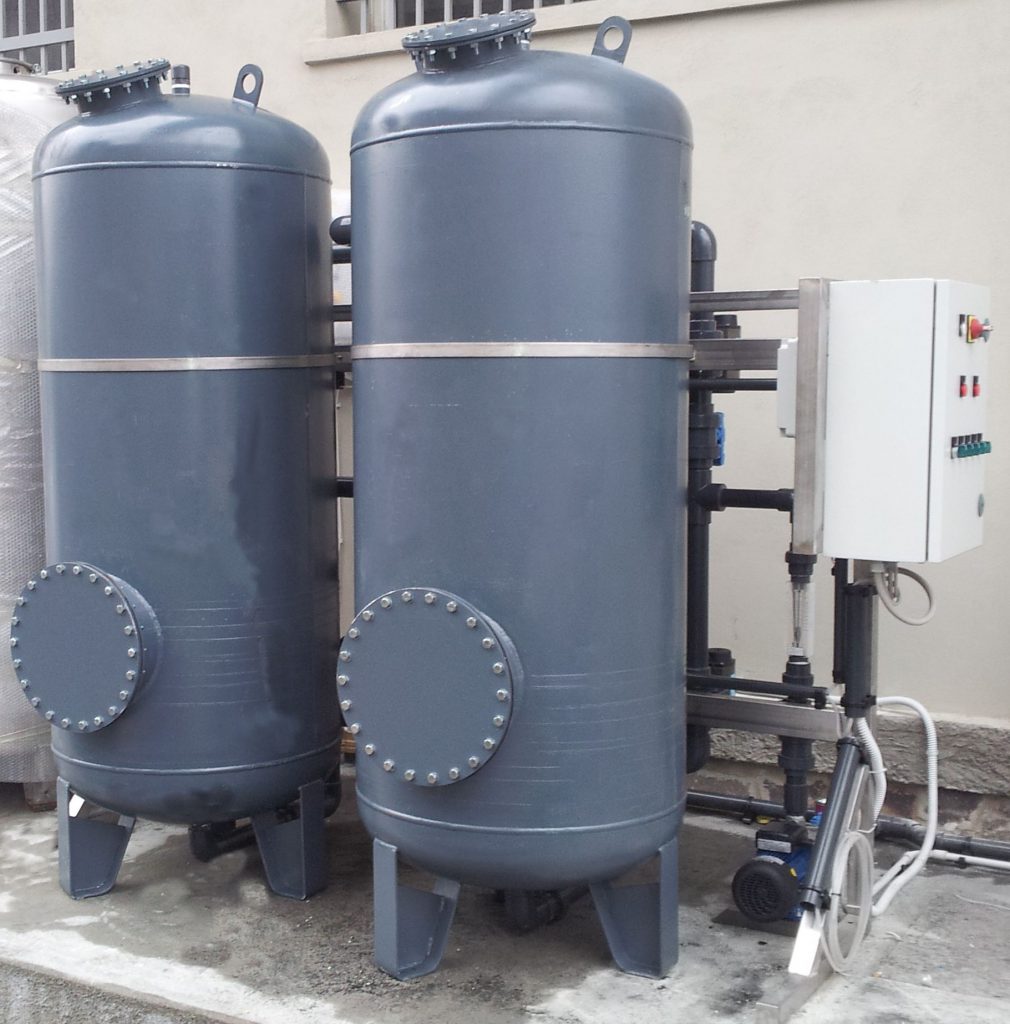The second rain plant is only the combination of a discontinuous first rain water treatment plant and a continuous second rain water plant.
The choice of a second rain system is given by a combination of factors, one of which is the difficulty of the second rain water to respect the limits in force, the other is the great differentiation of the degree of pollution of the first rain water compared to the second that makes it economically advantageous to divide the two wastewater, another condition is to be able to recover the second rain water to recycle it in the company’s internal processes.
These reasons lead to a discontinuous first rain system and a second continuous first rain system.
Realizing a single first rain system that treats the entire volume of an atmospheric event in the case of large yards, is difficult, this because the need for large basins would lead to a commitment of space and a greater economic commitment.
The combination of a system that collects the first rain water and treats it with a defanging and deoiling system and a second system for second rains that sends it to a defanging meter treatment system is the ideal solution to contain costs and ensure a compliant water discharge.
The most polluted waters are those of the first fraction (first rains) of each meteoric event, these waters have the highest percentage of pollutants and in this faction the waters have all the oils collected in the yards, while the subsequent (second rains) do not normally contain oils, but still have a lower percentage of pollutants that do not allow to be discharged directly without a second rain system.
